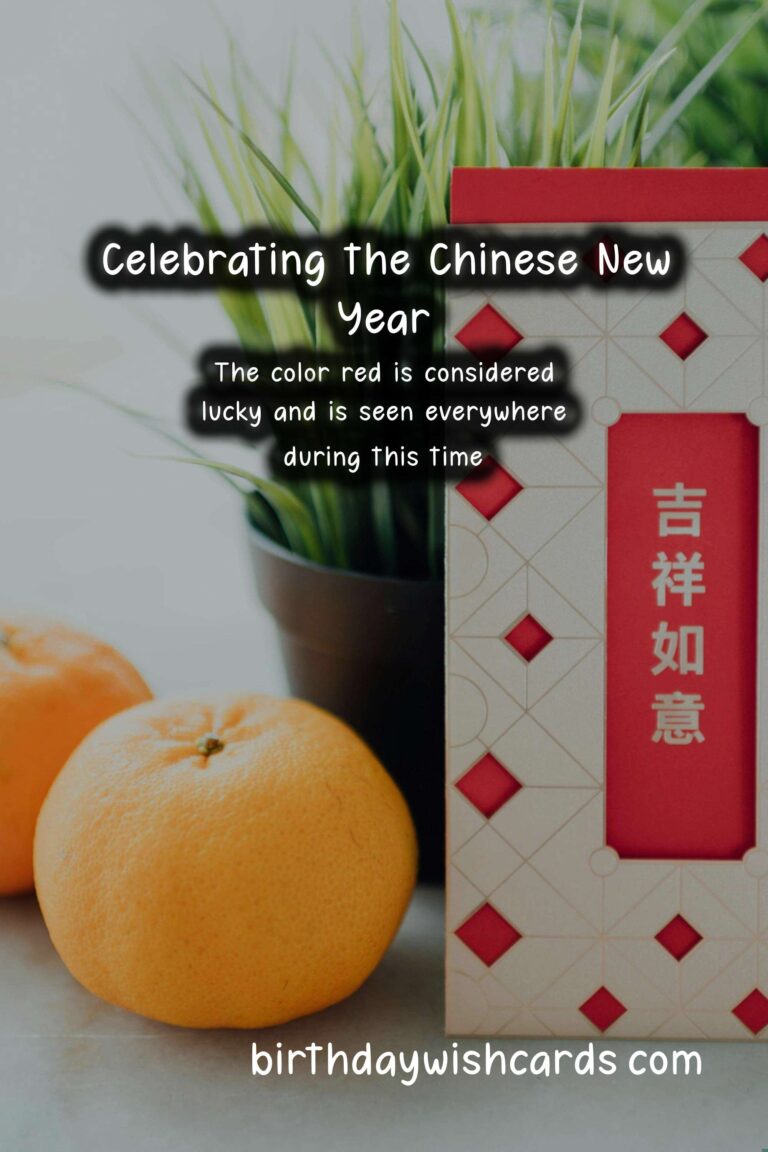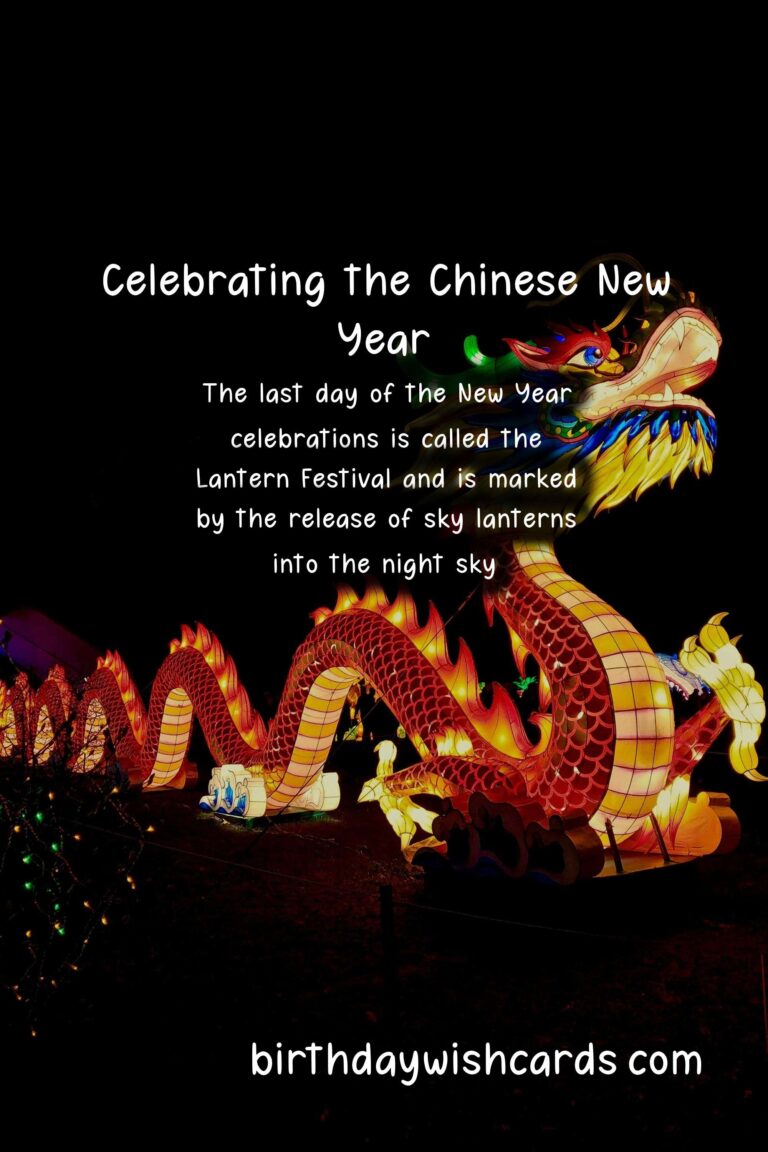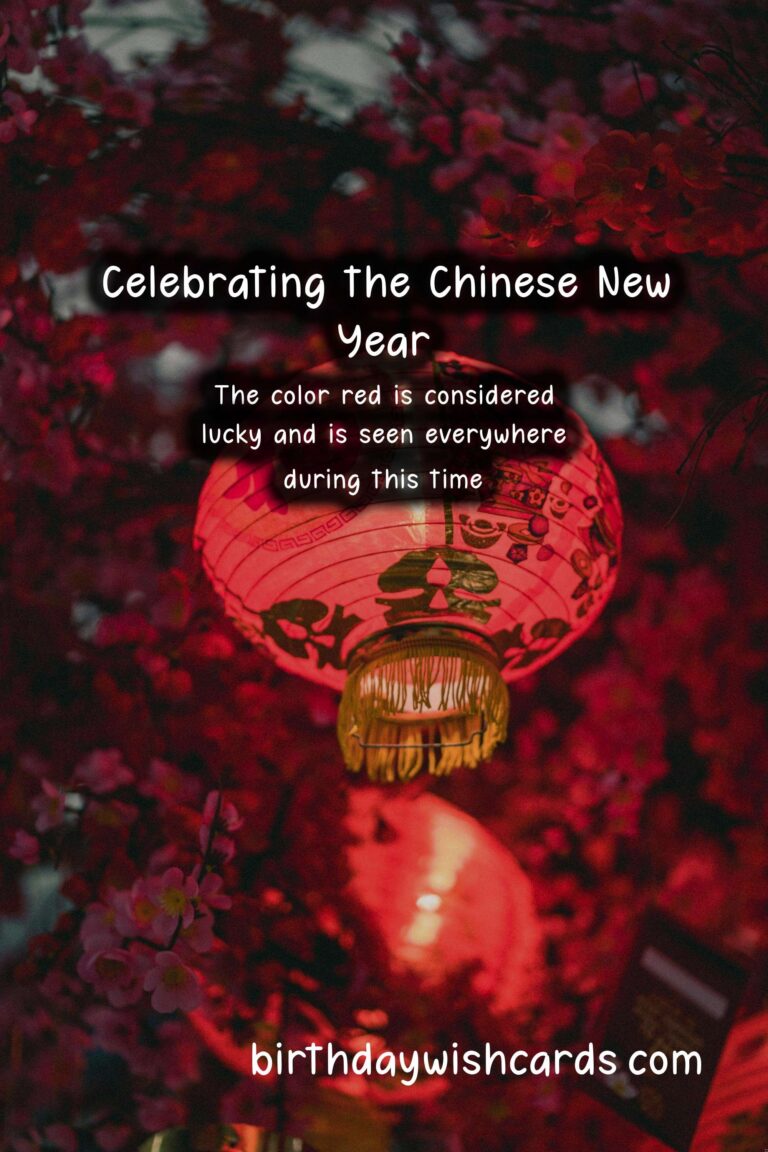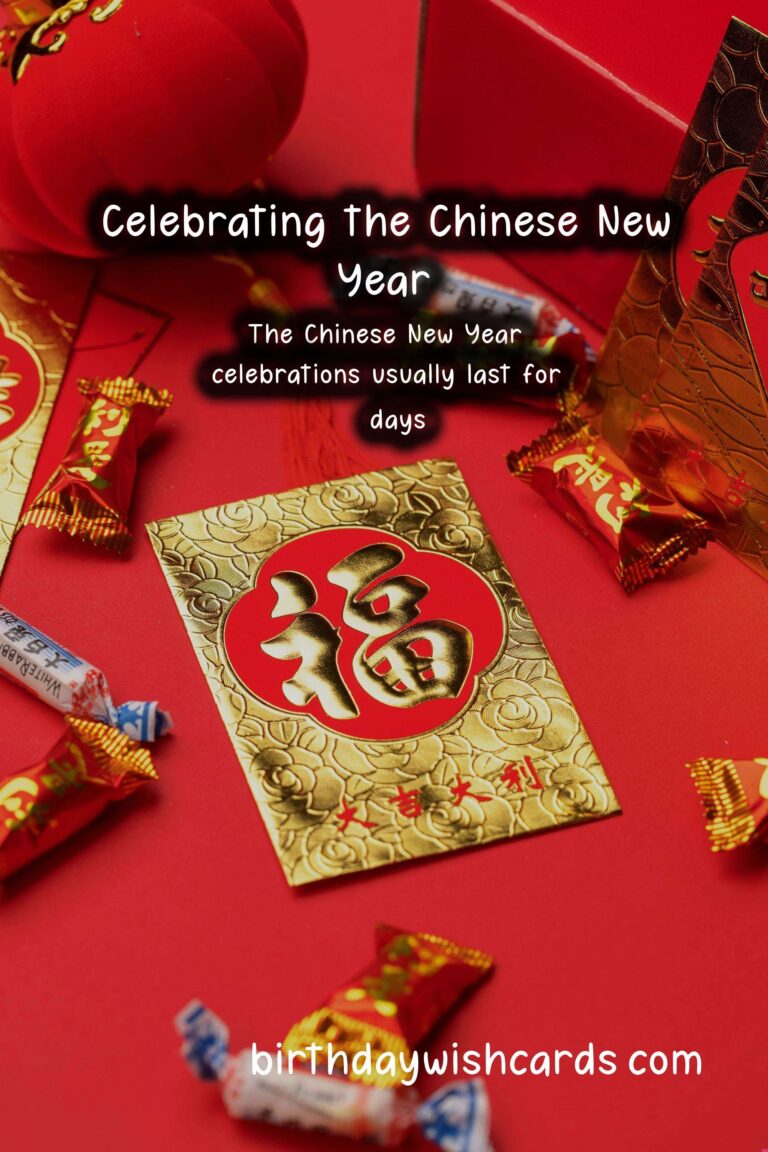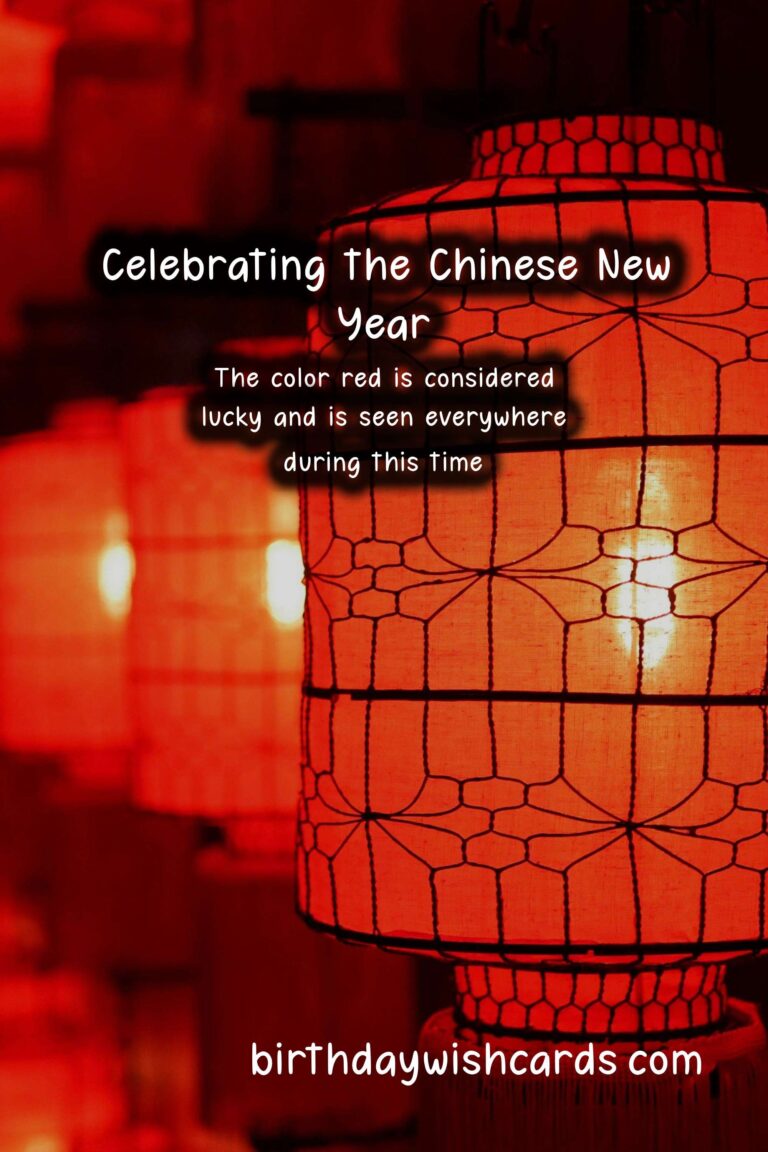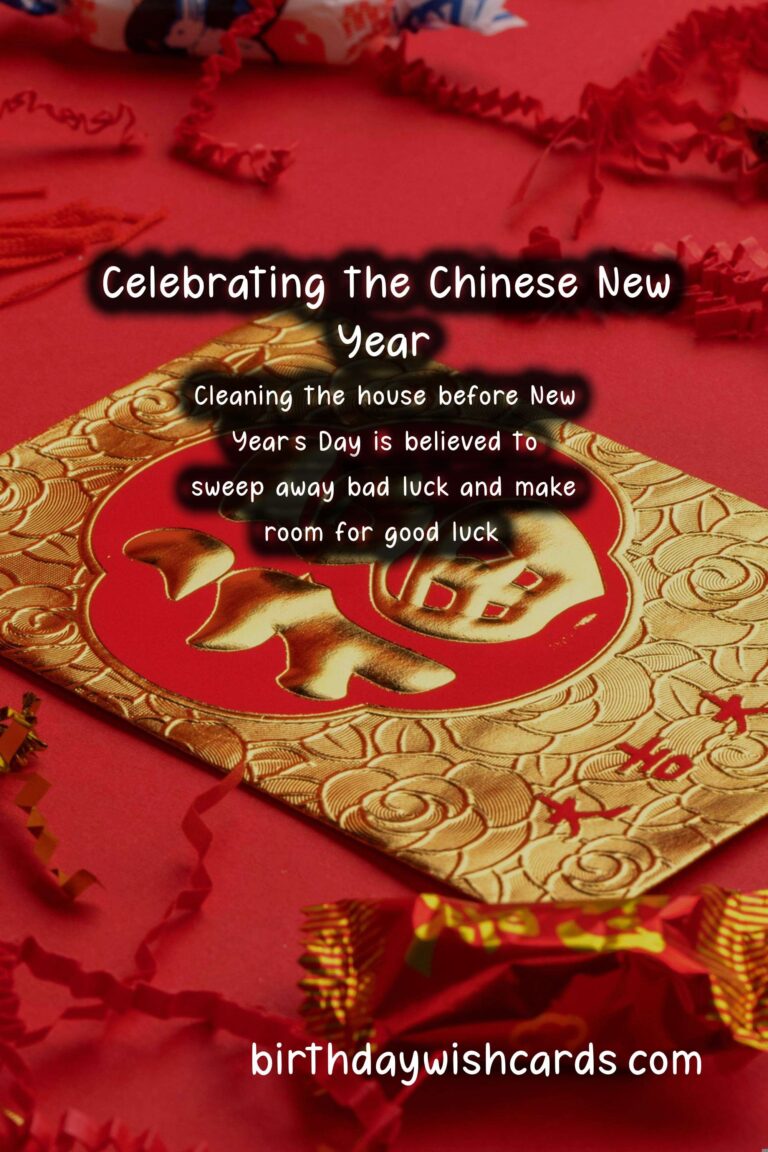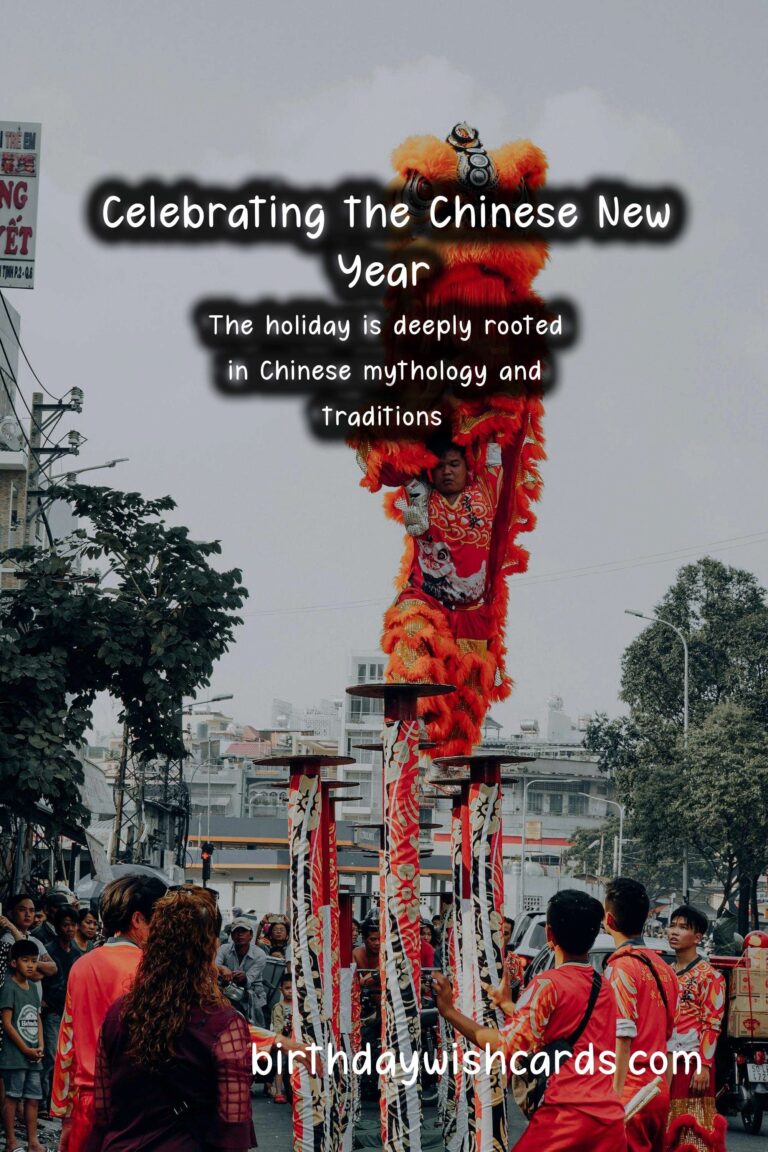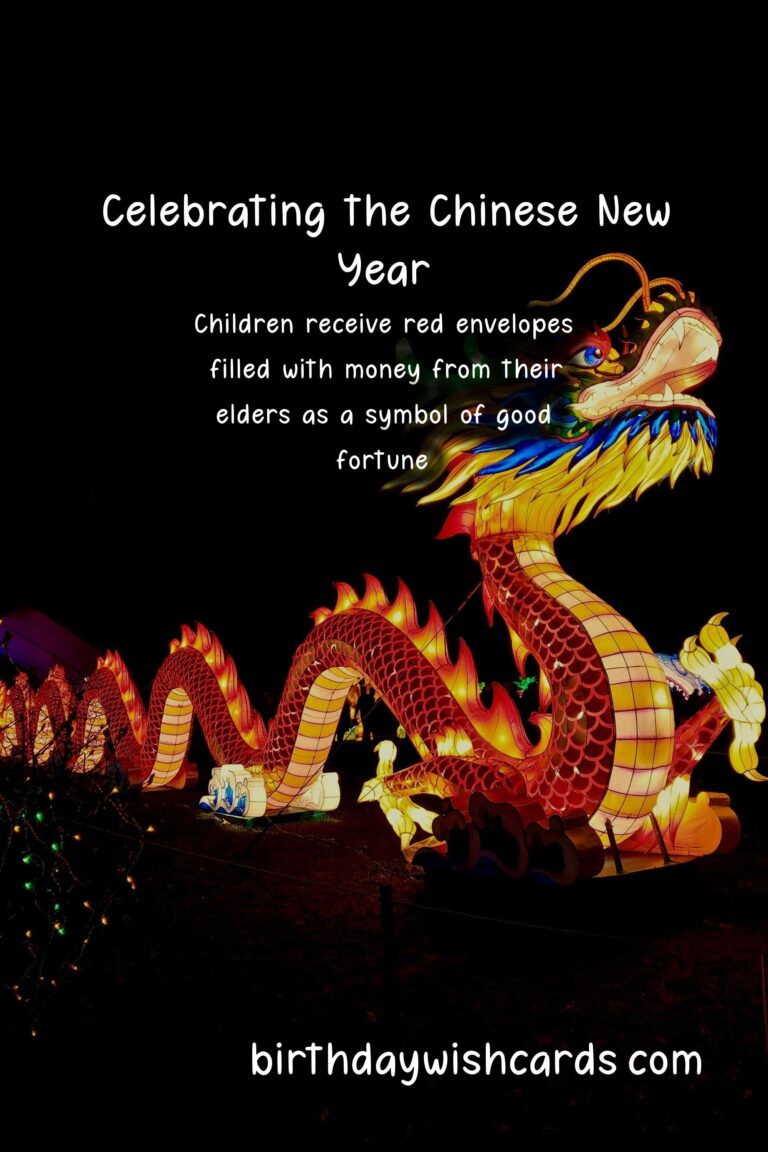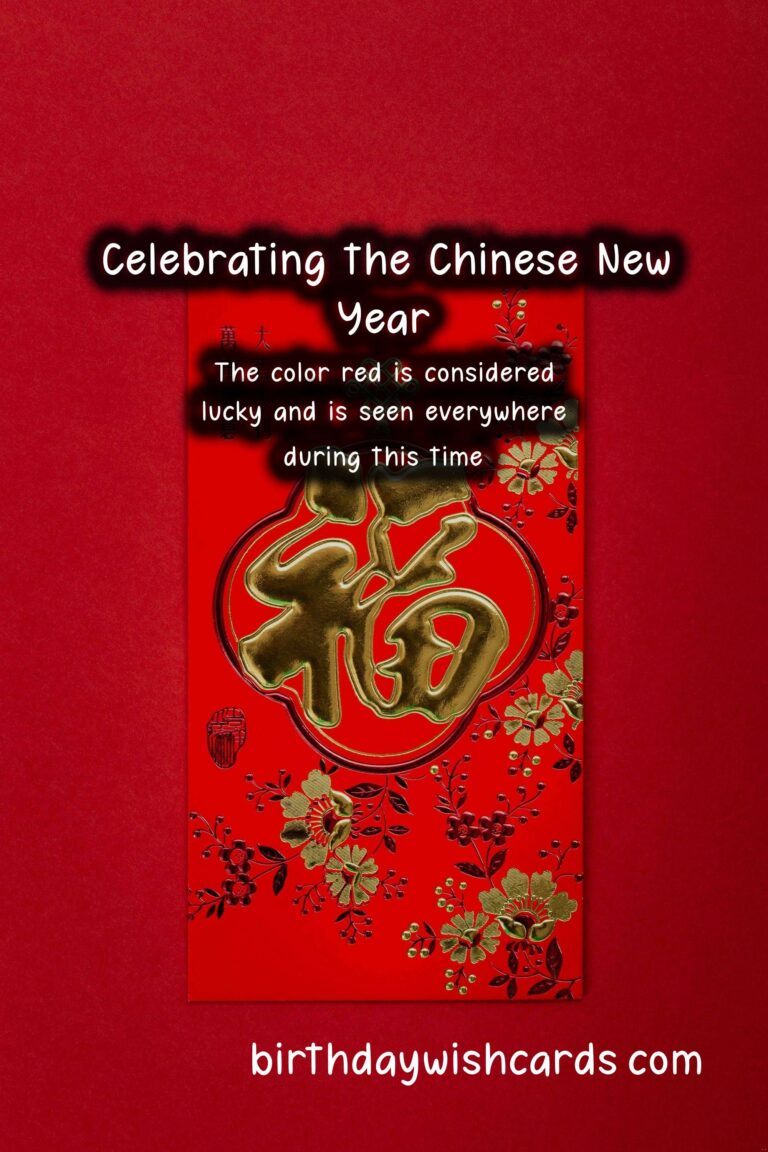 The Chinese New Year, also known as the Spring Festival, is one of the most important and widely celebrated holidays in China. It marks the beginning of the lunar new year and is a time for families to come together, honor their traditions, and look forward to a new year filled with prosperity and good luck. This festival typically falls between mid-January and mid-February, depending on the lunar calendar, and is a time of great joy and merriment for the Chinese people. The origins of the Chinese New Year can be traced back thousands of years to the legend of Nian, a terrifying beast that would come out on the night of the New Year to terrorize the villagers. It was believed that the beast was afraid of the color red, loud noises, and fire, so the villagers would dress in red, decorate their houses with red lanterns, and set off fireworks to ward off the Nian. This became a tradition that is still practiced today. The Chinese New Year festivities usually last for 15 days and there are many customs and traditions associated with each day. Here are some of the most important ones to know about: The date of the Chinese New Year varies each year as it follows the lunar calendar. The holiday is deeply rooted in Chinese mythology and traditions. The Chinese New Year celebrations usually last for 15 days. The color red is considered lucky and is seen everywhere during this time. The New Year is a time for families to come together and honor their ancestors. Fireworks and firecrackers are a common sight during the New Year to ward off evil spirits. The traditional Chinese greeting for the New Year is ‘Xin Nian Kuai Le’, which means ‘Happy New Year’. Traditionally, people will wear red underwear during the New Year for good luck. The Kitchen God, who is believed to watch over families throughout the year, is worshipped on New Year’s Eve. Cleaning the house before New Year’s Day is believed to sweep away bad luck and make room for good luck. Children receive red envelopes filled with money from their elders as a symbol of good fortune. Eating dumplings is a popular New Year’s tradition, as they are shaped like ancient Chinese gold or silver ingots. Many people also decorate their homes with paper cutouts and couplets with auspicious phrases written on them. The last day of the New Year celebrations is called the Lantern Festival and is marked by the release of sky lanterns into the night sky. The Chinese New Year celebrations have spread beyond China and are now recognized and celebrated all over the world.
The Chinese New Year, also known as the Spring Festival, is one of the most important and widely celebrated holidays in China. It marks the beginning of the lunar new year and is a time for families to come together, honor their traditions, and look forward to a new year filled with prosperity and good luck. This festival typically falls between mid-January and mid-February, depending on the lunar calendar, and is a time of great joy and merriment for the Chinese people. The origins of the Chinese New Year can be traced back thousands of years to the legend of Nian, a terrifying beast that would come out on the night of the New Year to terrorize the villagers. It was believed that the beast was afraid of the color red, loud noises, and fire, so the villagers would dress in red, decorate their houses with red lanterns, and set off fireworks to ward off the Nian. This became a tradition that is still practiced today. The Chinese New Year festivities usually last for 15 days and there are many customs and traditions associated with each day. Here are some of the most important ones to know about: The date of the Chinese New Year varies each year as it follows the lunar calendar. The holiday is deeply rooted in Chinese mythology and traditions. The Chinese New Year celebrations usually last for 15 days. The color red is considered lucky and is seen everywhere during this time. The New Year is a time for families to come together and honor their ancestors. Fireworks and firecrackers are a common sight during the New Year to ward off evil spirits. The traditional Chinese greeting for the New Year is ‘Xin Nian Kuai Le’, which means ‘Happy New Year’. Traditionally, people will wear red underwear during the New Year for good luck. The Kitchen God, who is believed to watch over families throughout the year, is worshipped on New Year’s Eve. Cleaning the house before New Year’s Day is believed to sweep away bad luck and make room for good luck. Children receive red envelopes filled with money from their elders as a symbol of good fortune. Eating dumplings is a popular New Year’s tradition, as they are shaped like ancient Chinese gold or silver ingots. Many people also decorate their homes with paper cutouts and couplets with auspicious phrases written on them. The last day of the New Year celebrations is called the Lantern Festival and is marked by the release of sky lanterns into the night sky. The Chinese New Year celebrations have spread beyond China and are now recognized and celebrated all over the world. 
